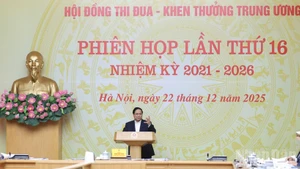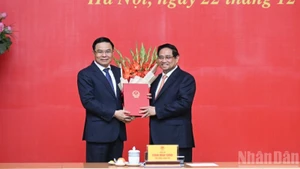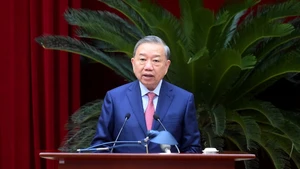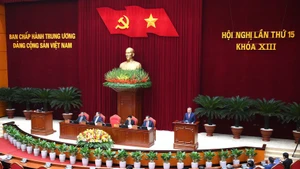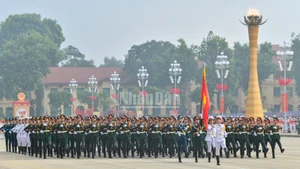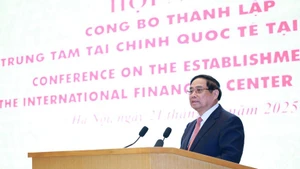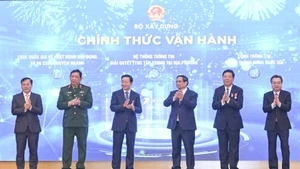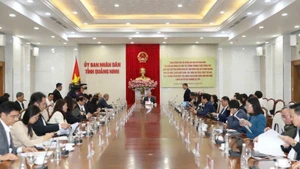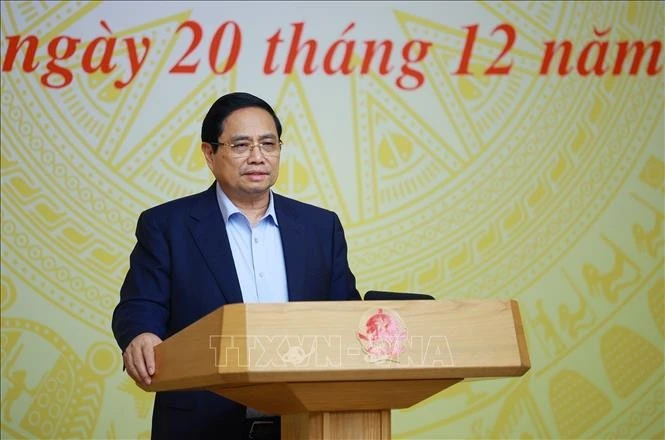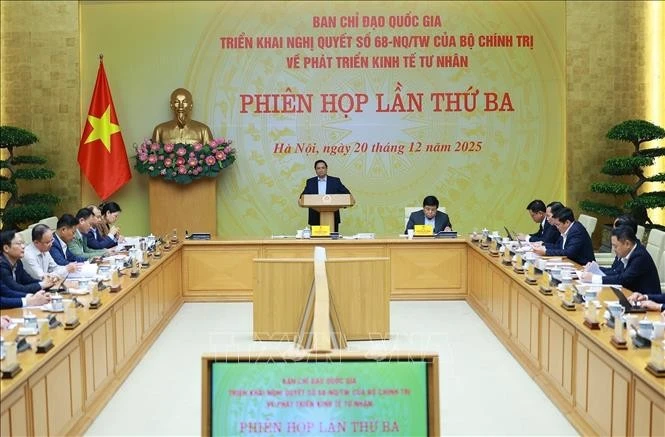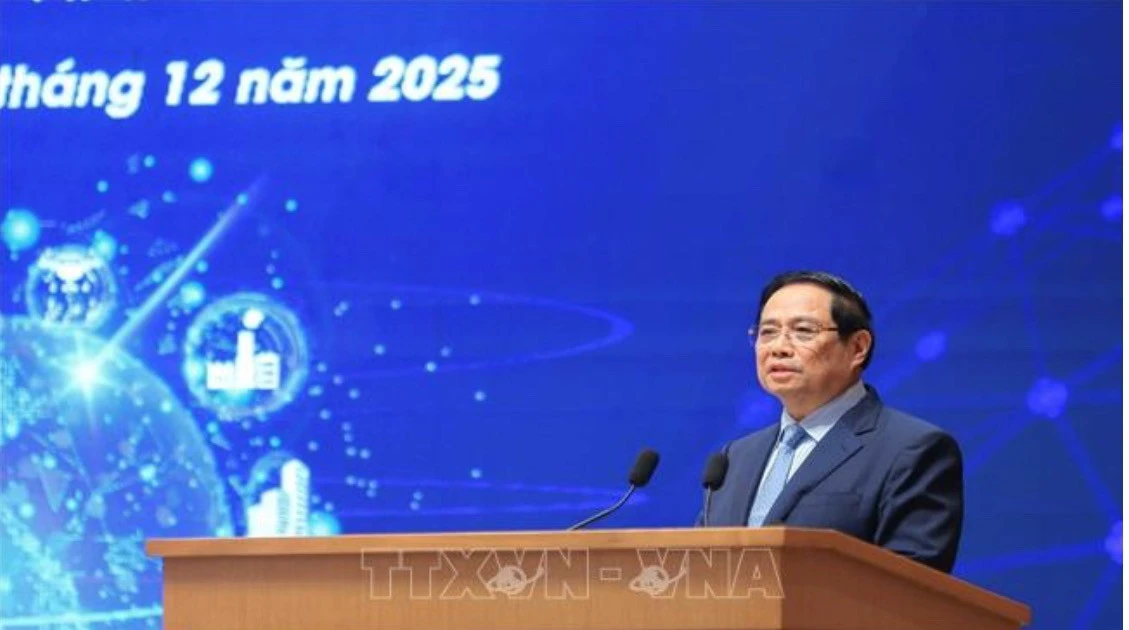Over the years, the Vietnamese cipher sector has played a core role in ensuring the confidentiality, security, accuracy and timeliness of information serving the leadership of the Party, the administration of the State, and the command of the armed forces. This has contributed significantly to the cause of national liberation, development and defence.
On September 12, 1945, shortly after the success of the August Revolution, following the directive of the Party Central Committee and President Ho Chi Minh, the Military Cryptography Committee—the predecessor of today’s cipher sector—was established at the headquarters of the General Staff. Since its inception, fully aware of the highly confidential and vital nature of its duties, the cipher sector has overcome immense difficulties to successfully fulfil its responsibilities.
The legal framework governing the cipher sector has been increasingly completed. The cipher force has been consolidated and strengthened. Cryptographic science and technology, along with the national cryptographic infrastructure, have been gradually developed in a modern and comprehensive manner, meeting the requirements for ensuring information security in support of the Party’s leadership, the State’s administration, the development of e-Government, and the command and combat operations of the armed forces.
However, the sector is also facing numerous new challenges. The emergence of the digital environment and cyberspace has created fundamental shifts in the approach to information protection. The increasing application of digital technologies, the rapid development of the cryptographic product market, and the growing demands for information confidentiality in the national political system have placed higher and more complex requirements on the cipher sector.
In response to these challenges, the Politburo issued Resolution No. 56-NQ/TW on March 5, 2020, clearly affirming the consistent policy of the Party to develop the Vietnamese cipher sector into a revolutionary, standardised and modern force, serving as the core in protecting State secrets on the information and communication network, making an essential contribution to national construction and defence in the new situation.
This Resolution serves as a basis for unifying awareness, consolidating determination and promoting the responsibility of Party committees and organisations at all levels in leading and directing the development of the cipher sector. At the same time, it demonstrates the care and confidence of the Party and State in the mission and role of the cipher force in the national cause.
After five years of implementing Resolution No. 56, the national cipher force has successfully fulfilled the objectives set for the 2020–2025 period, with several key achievements standing out. The force has been built into a revolutionary, professional, and modernised unit in line with the nature and responsibilities of a specialised scientific-technical branch in the field of national security.

A comprehensive system of legal documents on cryptography has been developed and promulgated, aligned with the current legal framework. These documents institutionalise the Party’s guidelines and policies on cipher work, providing a robust legal foundation for effective organisation and implementation in response to practical demands. The cipher apparatus has been streamlined, with an emphasis on modernising methods of operation, leadership, direction, management, and administration to ensure continuity and efficiency.
Notably, the cipher sector has independently conducted research and developed advanced cryptographic systems, exemplified by the creation and announcement of Viet Nam’s first national block cipher algorithm (MKV). This high-knowledge-content algorithm is a technical achievement that only a handful of countries with advanced science and technology capabilities have managed to develop. It effectively supports cipher operations for the leadership and direction of the Party and State, command of the armed forces in all scenarios, and the confidentiality and information security needs of central and local authorities, ministries, and departments. In particular, it plays a crucial role in ensuring cybersecurity and information safety to support digital transformation and the development of e-Government across all levels and sectors.
In addition, the Government Cipher Committee has collaborated with the Office of the Party Central Committee, central and local Party agencies to ensure the security and safety of their information systems and implement the security solutions proposed in relevant schemes. It has also led coordination with the Ministry of Public Security, the Government Office, and the Ministry of Information and Communications to deploy solutions ensuring safety, authenticity, and information confidentiality using cryptographic methods.
This includes the rollout of Government-specific digital signature authentication services for information systems and databases, as outlined in Resolution No. 175/NQ-CP dated October 30, 2023. The cipher sector is also actively involved in the implementation of Scheme 06 on “Developing the application of population data, identification, and electronic authentication to serve the national digital transformation for the 2022–2025 period, with a vision to 2030”.
In recent years, to contribute to building a socialist rule-of-law state, the Government Cipher Committee has intensified efforts to strengthen and perfect the legal system on cipher affairs and related areas. This has helped create a synchronised legal corridor that affirms the status, role, and nature of the cipher force and the national cryptographic agency in the new era.
Recognising the critical importance of information confidentiality and security, the Cipher Committee has proactively researched, developed, and deployed a range of solutions to secure state secret information in cyberspace. These include securing the paperless 11th Plenum of the 13th Party Central Committee and collaborating with relevant agencies to implement security measures for the 14th National Party Congress. Notably, 2024 marked a breakthrough in examination security in Viet Nam, with the Cipher Committee successfully deploying secure exam protection solutions for the Ministry of Education and Training.
Previously, identifying the potential risks of traditional physical exam paper transportation, the Cipher Committee proposed a complete replacement using a secure encrypted electronic exam transfer system. The exam papers for selecting the national team for the International Olympiad were securely transmitted via encrypted electronic means, eliminating the risk of loss or data leaks, while improving speed, safety, and exam management efficiency. By the end of 2024, the Cipher Committee had also successfully implemented security measures for the national excellent student exam—a nationwide exam requiring high confidentiality and absolute integrity of exam papers.
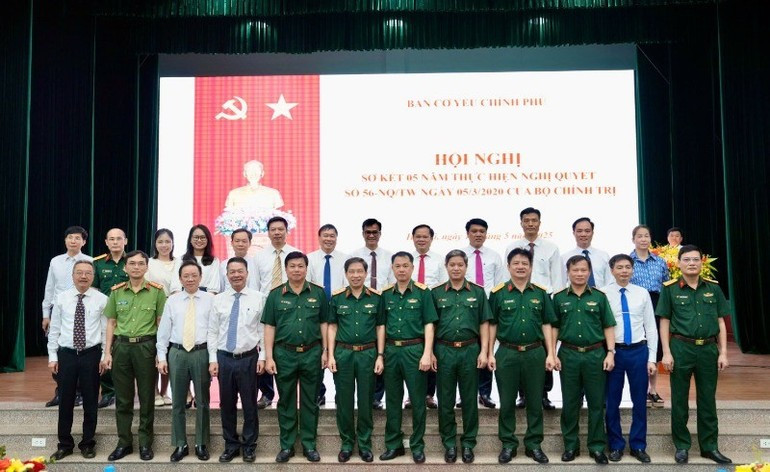
In 2025, the Cipher Committee will comprehensively deploy security solutions for three major national examinations: the selection exam for the International Olympiad team, the national high school graduation exam, and the national excellent student exam. Transferring national high school exam papers through the cipher sector’s cryptographic system is expected to save billions of VND annually.
The application of encryption and secure exam transmission not only marks a significant advancement in exam administration but also contributes to modernising the education sector, ensuring fairness and transparency in national exams.
However, despite these achievements, various challenges and limitations remain, necessitating timely solutions. Looking ahead, the cipher sector faces increasingly complex tasks and urgent timelines.
To enhance operational effectiveness and meet the demands of new circumstances, the cipher sector will undertake several key tasks and solutions:
First, it will intensify communication efforts and integrate the content of state management on cryptography into the curricula of institutions training and fostering leaders and managers.
Second, it will effectively implement the project on human resource development for the cipher sector to 2030, with a focus on training and fostering high-quality personnel, leading experts, and top scientists. These efforts will support research, teaching, inspection, design, production, and development of critical cryptographic and information security products.
Third, priority will be given to developing national cryptographic infrastructure, specialised digital signature authentication systems, cybersecurity monitoring networks, and a modern, synchronised system of tools and equipment for inspecting cryptographic and information security products.
Fourth, the sector will promote in-depth research to master core technologies, foundational platforms, and emerging innovations, addressing complex and novel challenges in the sector. Key areas include quantum cryptography, blockchain, artificial intelligence, and secure semiconductor chips.
In addition, the Cipher Committee will continue to focus on completing projects and action programmes for the implementation of Resolution No. 56, as well as the medium-term public investment plan for the 2026–2030 period. These efforts will be aligned with the implementation plan for Resolution No. 57-NQ/TW dated December 22, 2024 of the Politburo, on breakthrough development in science, technology, innovation, and national digital transformation. The ultimate goal is to successfully build and develop a revolutionary, professional, and modernised Viet Nam cipher sector for the 2026–2030 period.

